| Hint | Food | 맛과향 | Diet | Health | 불량지식 | 자연과학 | My Book | 유튜브 | Frims | 원 료 | 제 품 | Update | Site |
|
원료 ≫ 감미료 ≫ 설탕 설탕 : 식물에서의 역할, 체관을 통한 에너지 전달 설탕의 역할 - 설탕 : 식품에 역할 - 설탕 : 인체에 역할 - 설탕 : 식물에서의 역할, 체관을 통한 에너지 전달 광합성, 포도당으로 모든 것을 만든다 - 광합성 : C3 vs C4 - 광합성 : Rubisco - 광합성 : 엽록체의 진화 포도당은 설탕으로 변환후 이동 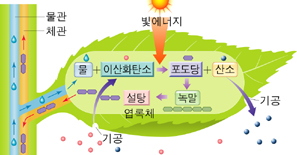 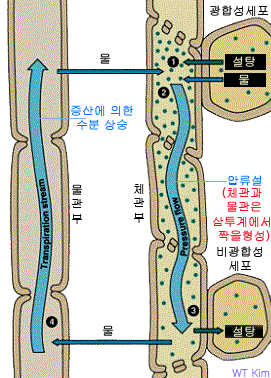 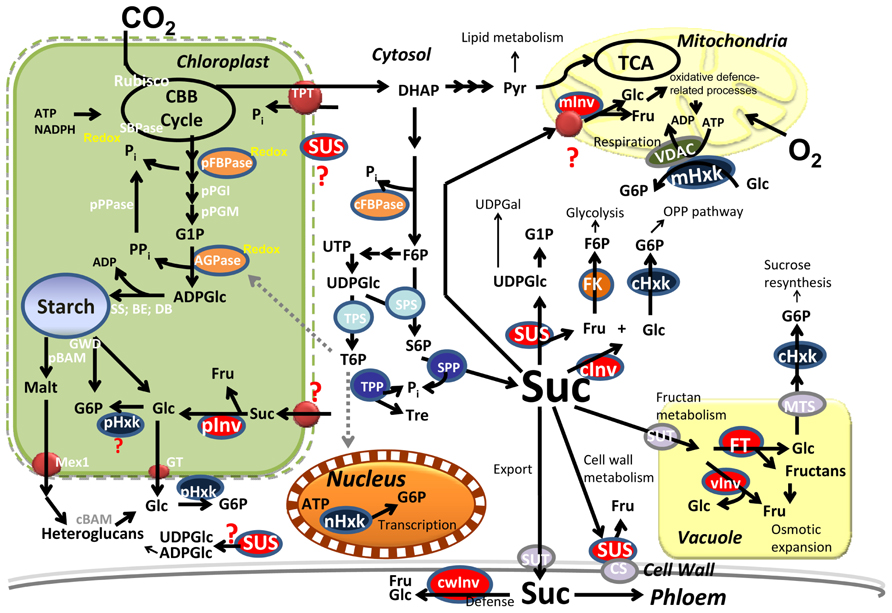 사탕수수는 설탕으로 축적, 너머지 대부분은 전분으로 축적 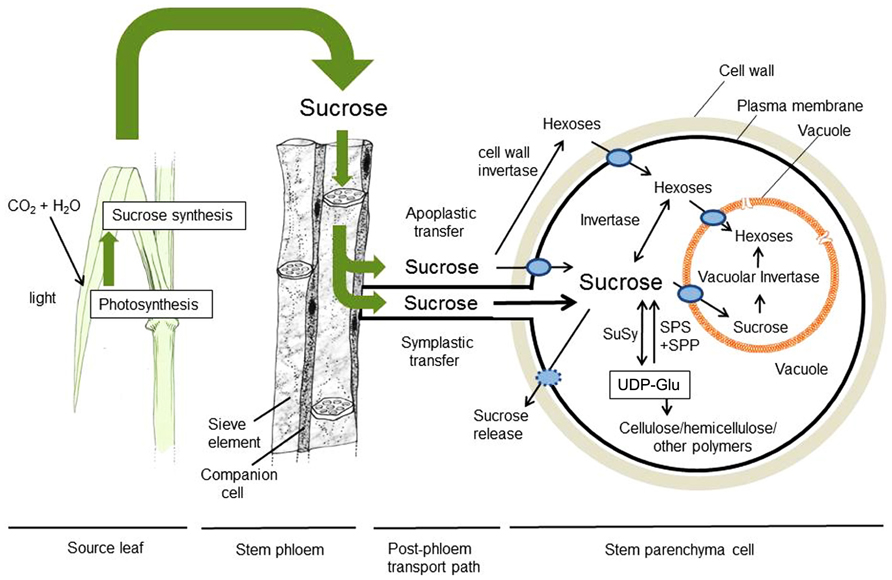 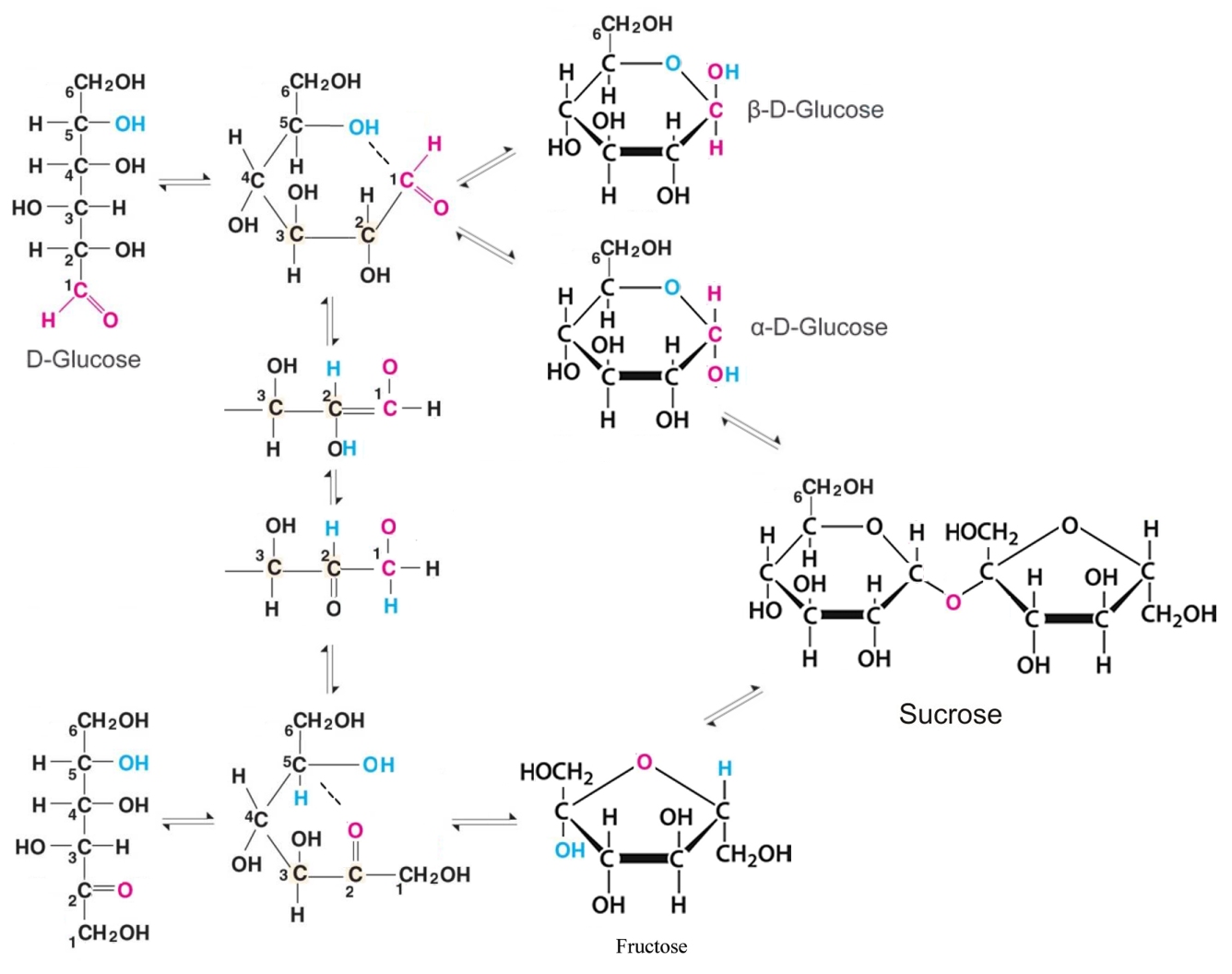 Front. Plant Sci., 24 July 2013 | https://doi.org/10.3389/fpls.2013.00272 Sugar Transport in the Phloem Among the sugars synthesized in a plant, only a few are transported in the phloem over a long-distance, whatever the species and the type of phloem loading considered. In all cases, sucrose is the main form of carbon found in the phloem. In addition to sucrose, polyols (mainly sorbitol and mannitol) and oligosaccharides of the raffinose family can also be found. In some species, both polyols and raffinose are found in the phloem (Rennie and Turgeon, 2009). Hexose transport in the phloem has also been reported for a limited number of species (van Bel and Hess, 2008) but these results were recently challenged (Liu et al., 2012). Raffinose and other members of the raffinose family oligosaccharides are indirectly involved in the building up of sugar concentrations in the phloem by polymer trapping (Rennie and Turgeon, 2009). Conversely, polyols tend to behave exactly like sucrose as far as transport is concerned and thus, in apoplastic loaders, there are specific polyol transporters (Noiraud et al., 2001b). Unless stated otherwise, sucrose is the main sugar we deal with in the following sections. 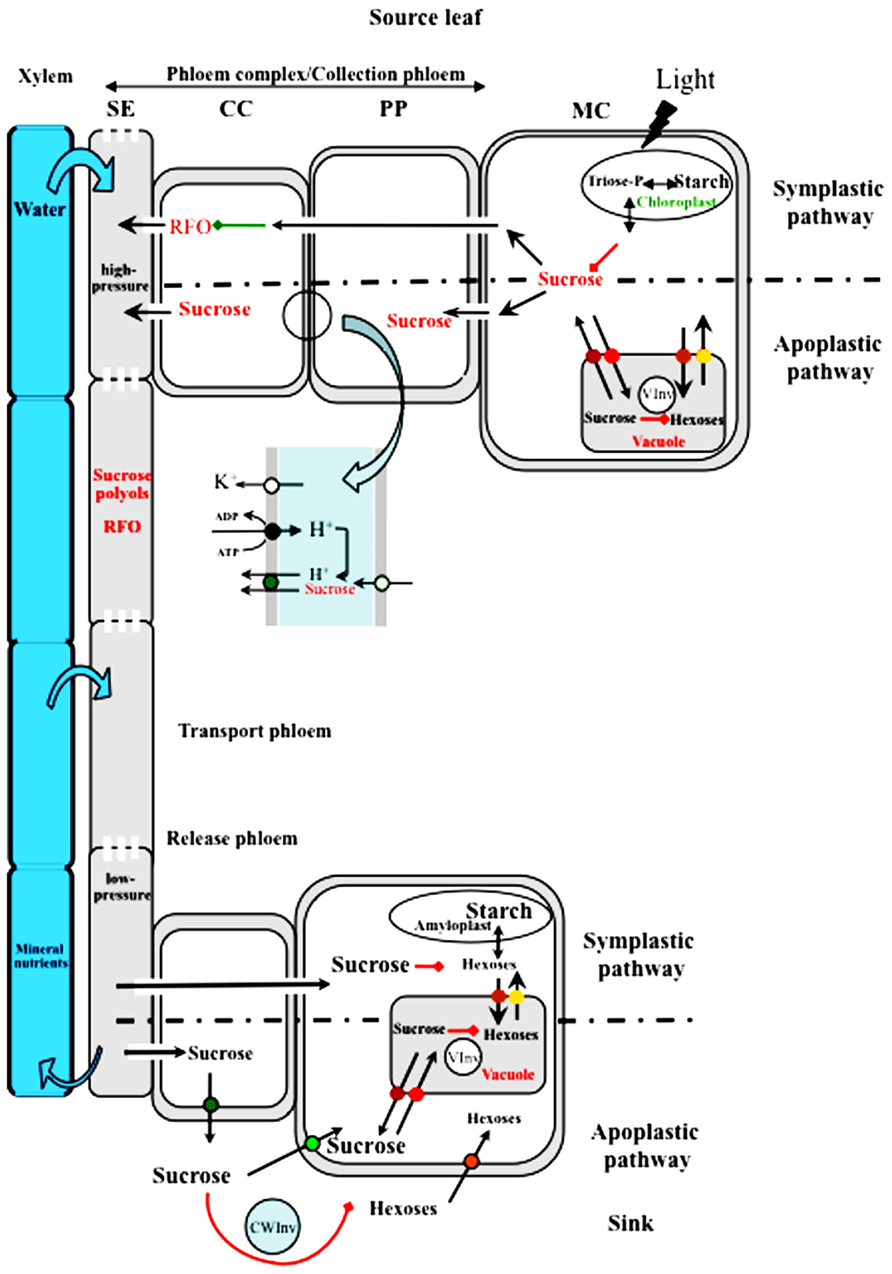  |
||||
|
|
|||